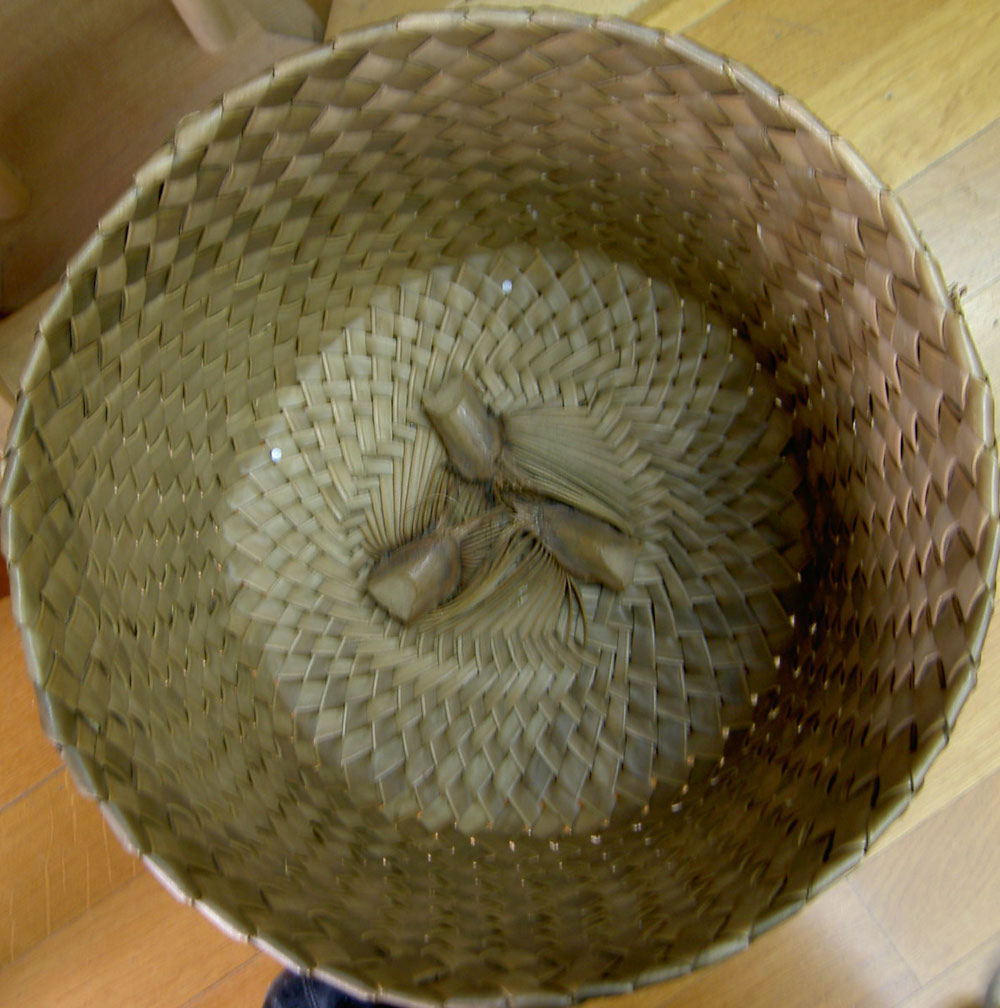Research on textile techniques
My research on textiles and textile techniques, modern as well as ethnics, involves both loom-woven and off-the-loom textiles. It covers methods and developments that I can use in my textile design, artistic creations and teaching. Basically, I love research for research’s sake, learning new things – free association regularly brings up something useful. However, groping in the dark is not particularly helpful, so I also believe in having an aim in view and defining my field of research. Taking notes about our discoveries and insights while working is always a good thing. They can be a starting point for further research and new applications. The aim of handweaving, as I see it, is not turning out metres and metres of fabric, but rather designing for industry or creating unique pieces or small series of textiles objects whose fabric should be specifically designed. A piece of fabric is a three-dimensional, not a two-dimensional, structure, whose design is created by the contrast and juxtaposition of different weaves, materials and colors. I’m especially interested in the more specific features in a piece of fabric: its structure, look and feel; less so in patterns and the interplay of areas of color, which I think are more suitable to media such as textile printing.
The basic elements of textile design are, in my view:
- the material used i.e. the features of a given fiber;
- the weave;
- the warp-and/or-weft effects and their interplay;
- color in general and as it results in the interplay of warp and weft;
- the design of the warp, in both color and material used, and how its look is affected by the weave;
- the sett of both warp and weft:
- the finishing;
- the scale in which you work, and finally the interplay of all these factors.
Textile objects shouldn’t just be nice pieces of fabric, they are going to occupy a definite part of the space they have been designed for: the scales of an elegant handbag or a cushion are going to be different from those of a cape or a rug. Textile objects have clear-cut or playful proportions often determined by their use; they have a beginning and an end, and their own boundaries, which can be a special type of selvedge, or a change of weaves or materials.
A textile object can be part of a series, often kicked off by a seminal object, such as my own
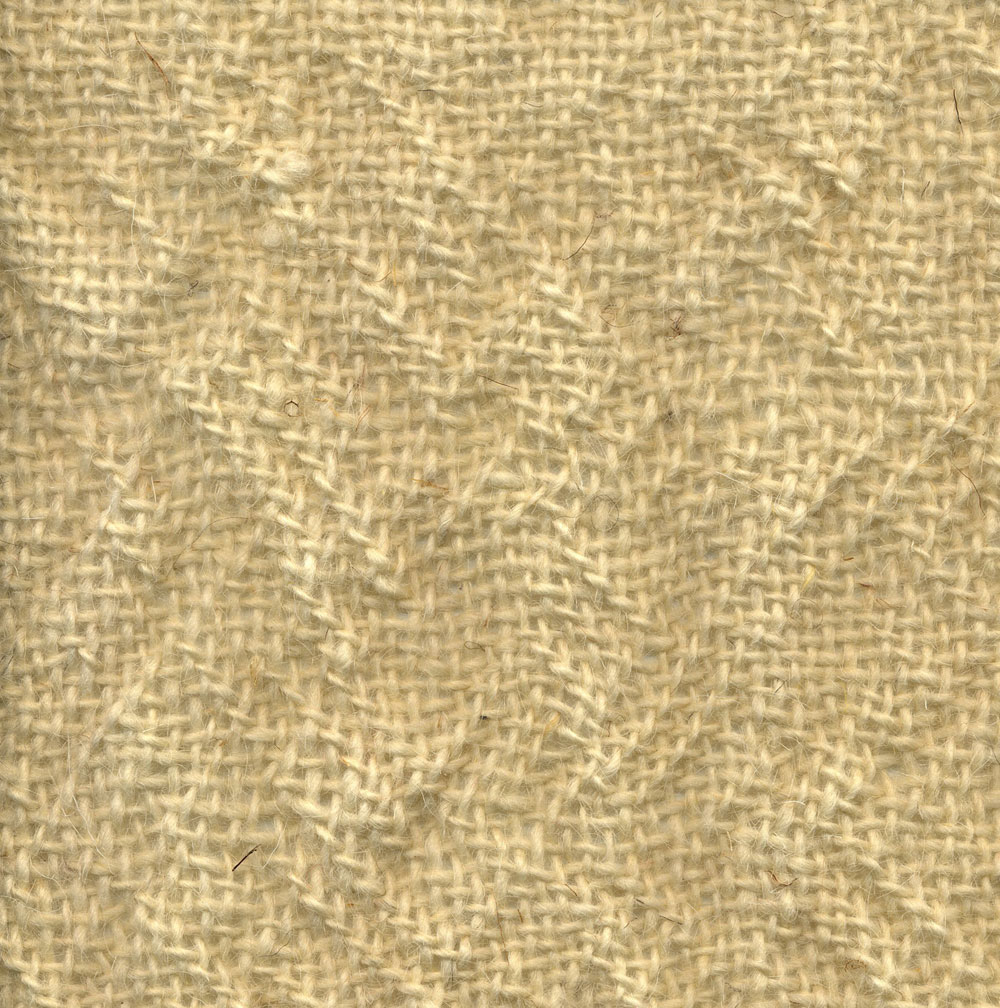
The natural twist of the yarn determines the look of the fabric. Though it looks like twill, it is in fact plain weave. See the Manta blanket-stole.
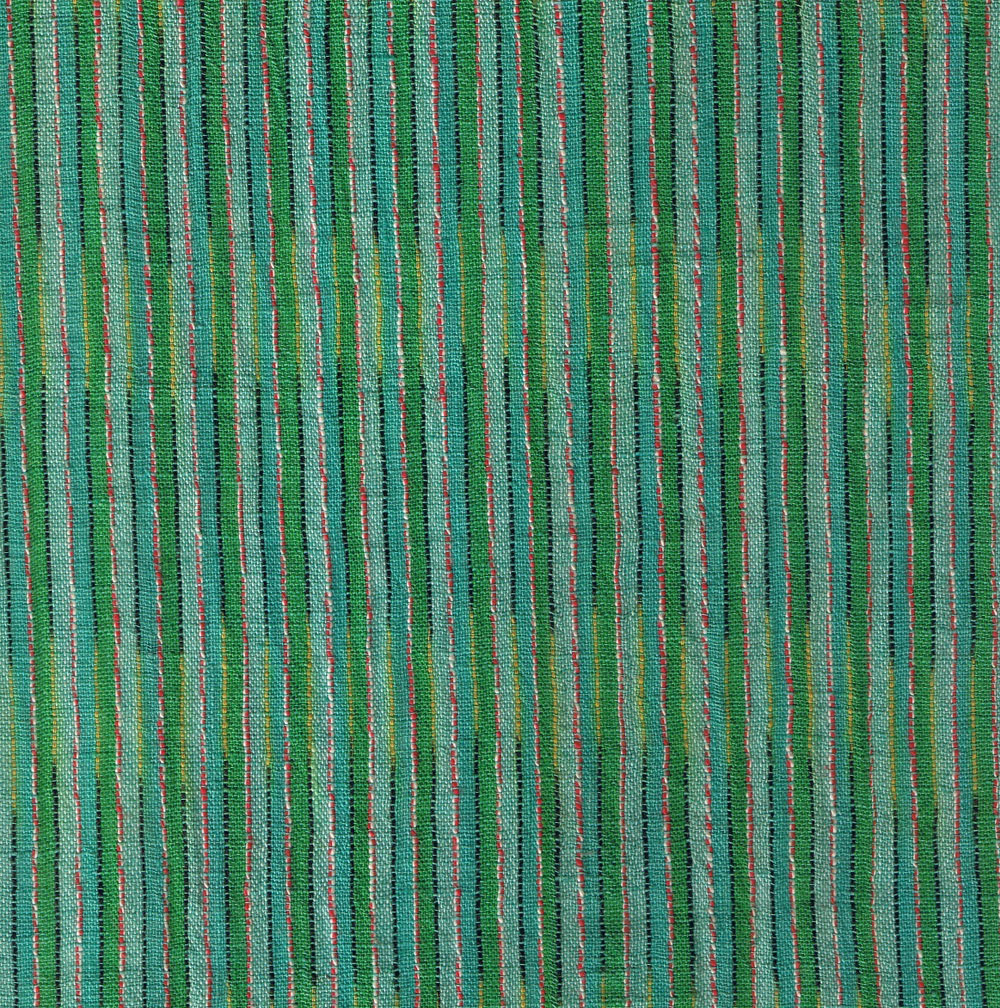
A yellow-and black space-dyed yarn alters all the colors next to it.
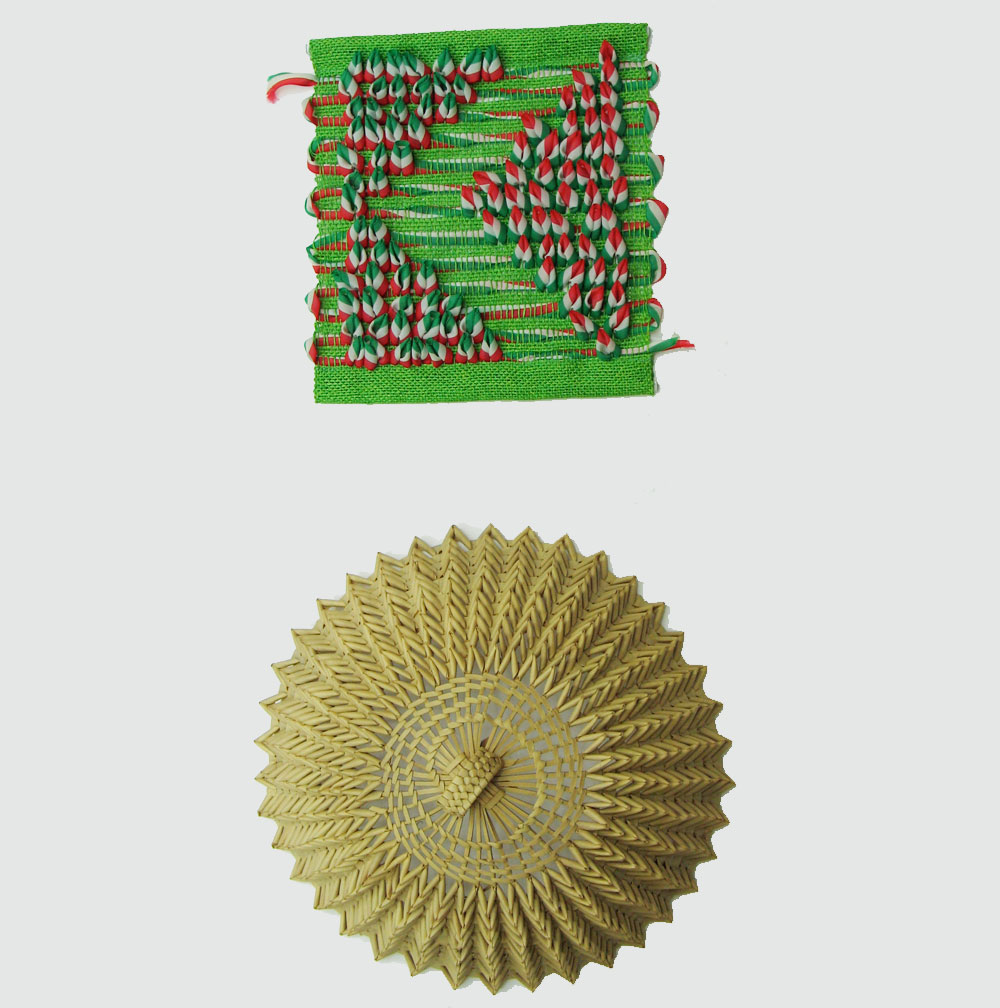
Inspiration for a loom-woven fabric may come from structures that are typical of other techniques. My little wall-hanging Scherzo was inspired by the folded relief stripes that decorated an Asian basket.
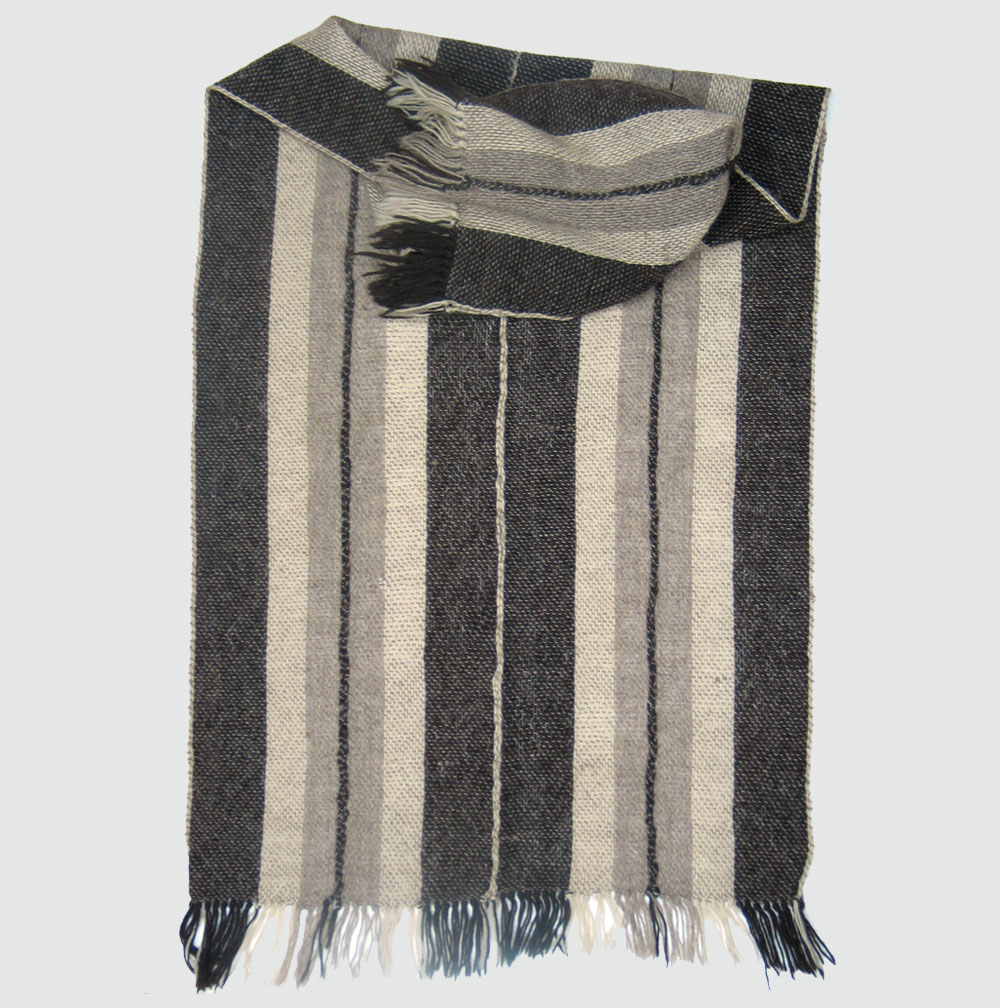
The pattern of this stole is the result of a double mirror juxtaposition of the same sequence of stripes.
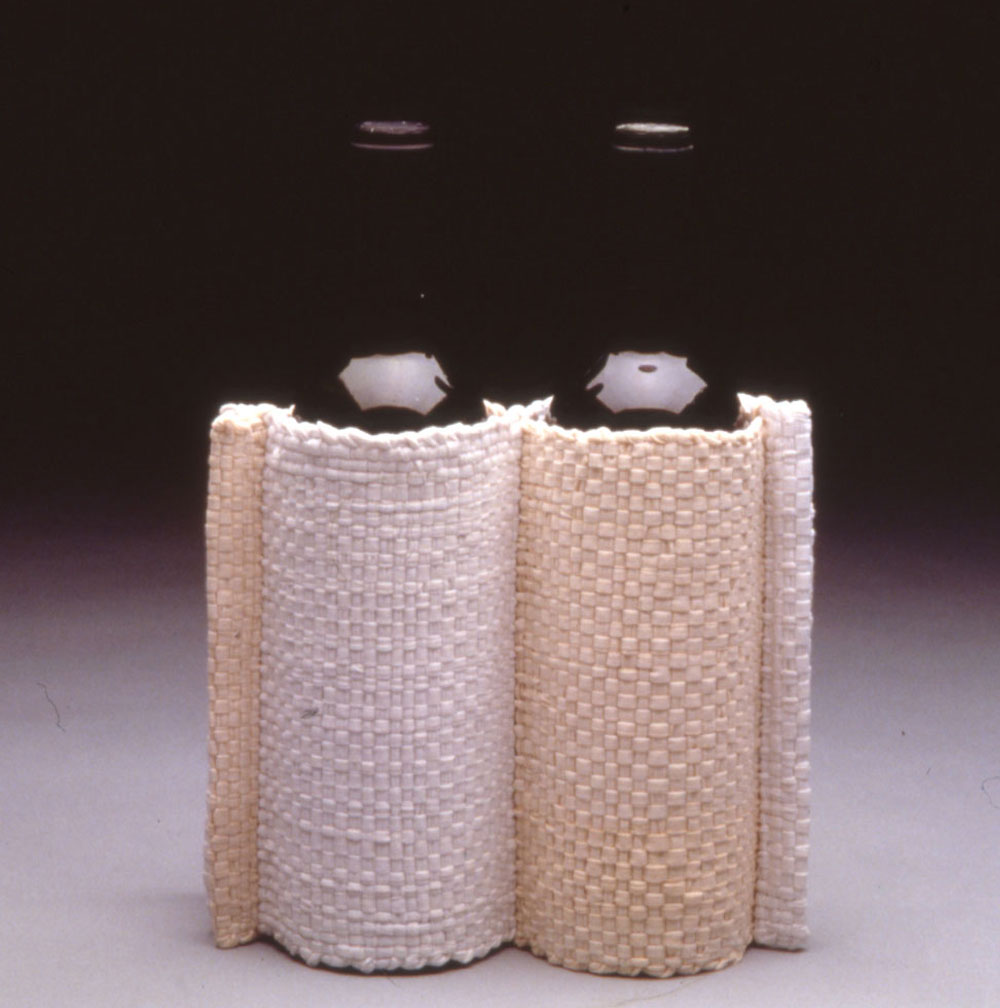
The textile structure of an object comes out of the use it is designed for: I designed this glacette as a seamless double weave. See Mediterraneo
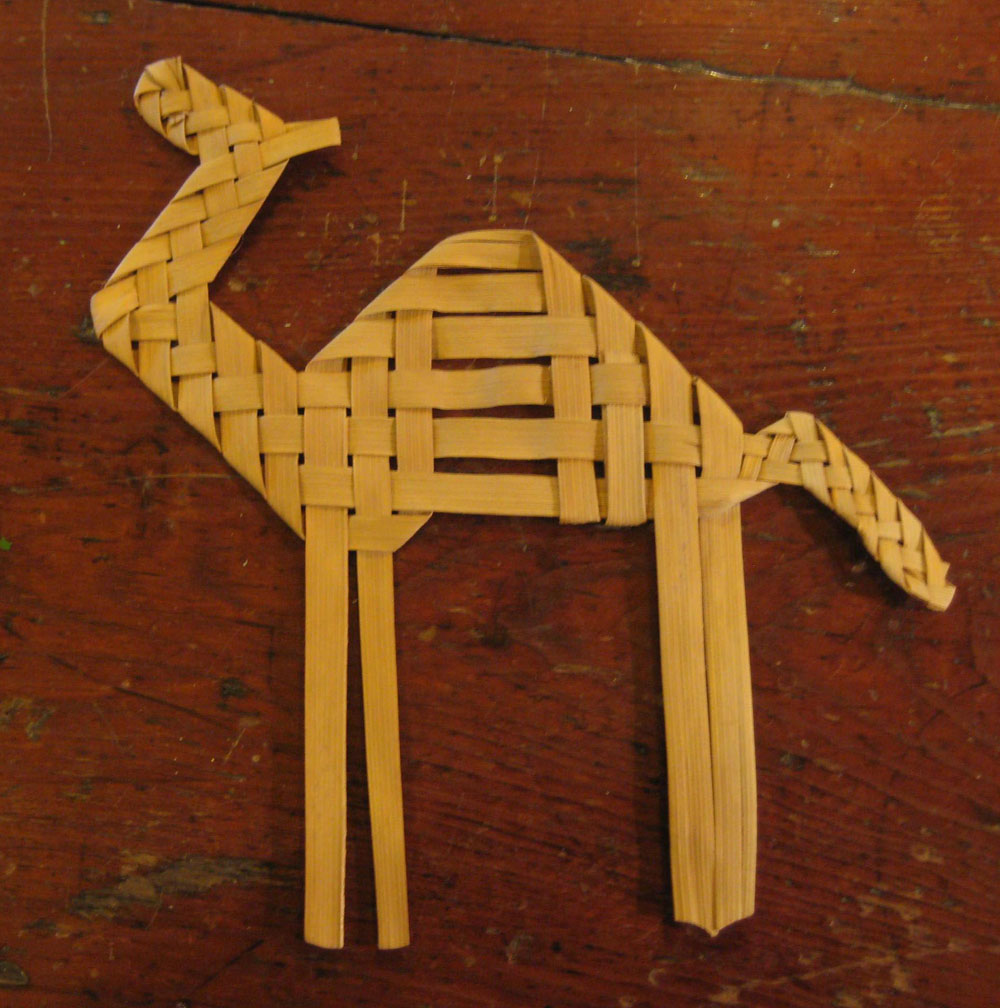
Objects can be born out of child’s play: this one was made by a Moroccan child.
